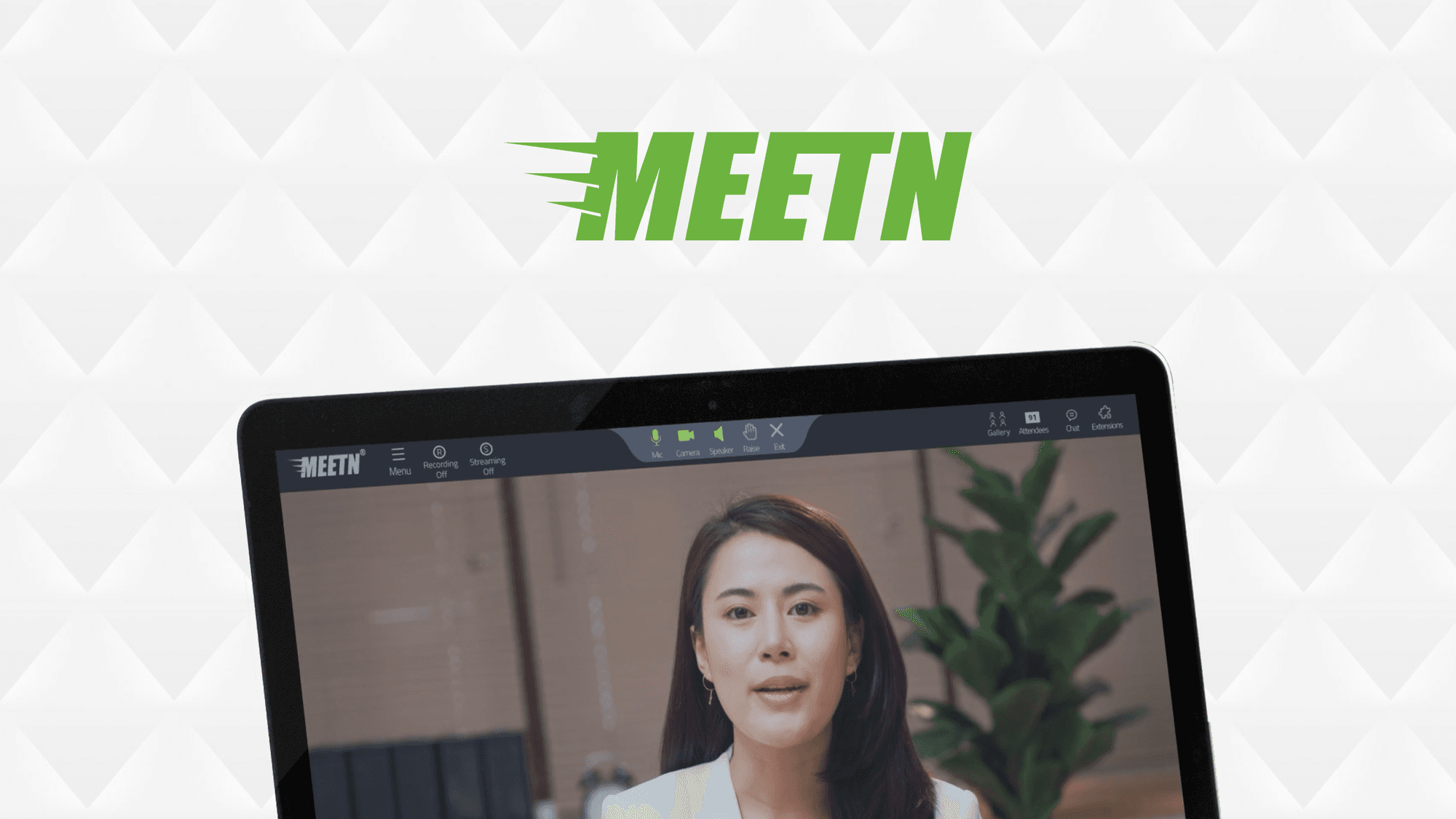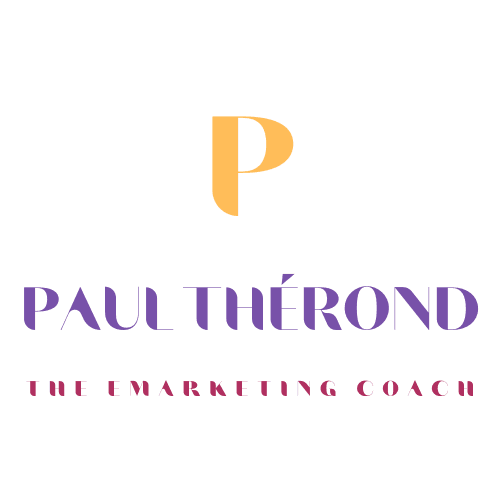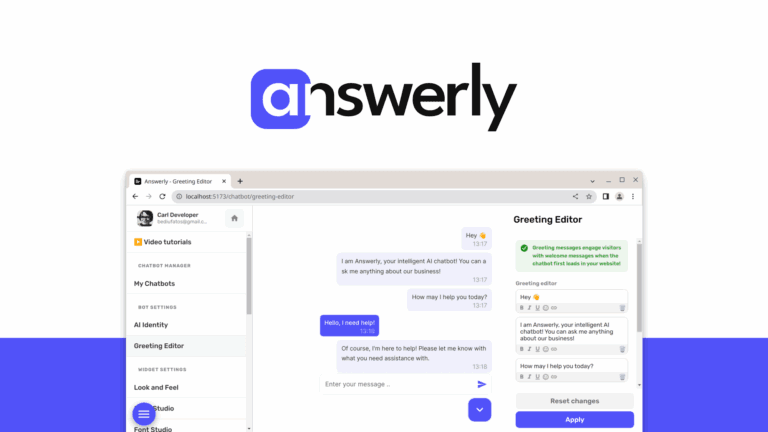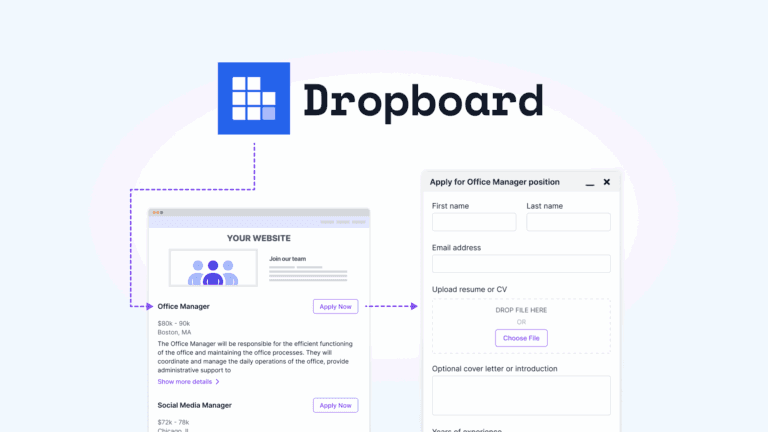The Day Everything Fell Apart
The conference room felt like a pressure cooker. My team stared at me, waiting for solutions, their expressions a mix of frustration and barely concealed disappointment. Another presentation had derailed spectacularly—screens freezing, slides refusing to load, audio cutting in and out.
“We can’t keep doing this,” Sarah muttered, her arms crossed. “These virtual meetings are killing our credibility.”
I knew she was right. As the head of sales and marketing for our growing startup, every virtual interaction was a potential make-or-break moment. Our ability to communicate clearly and professionally was being undermined by constant technical difficulties.
The Invisible Barrier
For months, we’d been struggling with increasingly complex virtual presentations. What used to be simple meetings had become elaborate technical challenges. Screensharing became a nightmare—accidentally revealing private folders, struggling to switch between multiple windows, losing audience engagement the moment technical issues arose.
Our team’s reputation was at stake. We were losing potential clients not because of our product or strategy, but because our virtual communication looked unprofessional. I’d tried multiple video conferencing platforms, each promising to be the solution, but each falling short in critical moments.
A Whisper of Hope
I first heard about Meetn during a casual conversation with a colleague at an industry networking event. She described a platform that seemed almost too good to be true—one that promised to eliminate all the technical headaches we’d been experiencing.
“It’s like having a professional production assistant built right into your video conference,” she explained, her eyes lighting up.
Initially skeptical, I decided to explore further. The more I learned, the more intrigued I became. A platform that allowed pre-loading of slides, videos, and even interactive elements? A system that could handle up to 1,000 attendees and simultaneously stream across multiple platforms? It sounded like the solution we’d been desperately seeking.
Implementing Meetn was surprisingly smooth. Within days, our entire team’s approach to virtual presentations transformed. No more fumbling with screen sharing. No more awkward moments of technical confusion.
During our next major client pitch, the difference was immediate and dramatic. I pre-loaded our entire presentation, including product demonstration videos and interactive polls. When I started the meeting, everything flowed seamlessly. The client’s engagement was palpable—they were listening, interacting, genuinely interested.
“This is the most professional virtual presentation we’ve ever experienced,” the client’s lead executive remarked.
Sarah nudged me during the meeting, whispering, “I can’t believe how smooth this is.”
A New Professional Landscape
Meetn didn’t just solve our technical problems—it revolutionized how we communicated. We could now focus entirely on content and connection, rather than worrying about technical glitches. Our presentations became more dynamic, more interactive.
The platform’s ability to integrate with existing calendar systems and support real-time translations meant we could effortlessly connect with global clients. No more missed connections, no more communication barriers.
What I’ve learned goes beyond just selecting the right technological tool. True professional growth comes from being willing to recognize limitations, seek innovative solutions, and embrace change.
For any business leader feeling frustrated with current communication tools, remember this: The right technology doesn’t just solve problems—it opens up entirely new possibilities for connection and engagement.
Our journey with Meetn taught us that in the digital age, professional communication is an art form. And with the right tools, that art becomes not just possible, but extraordinary.






